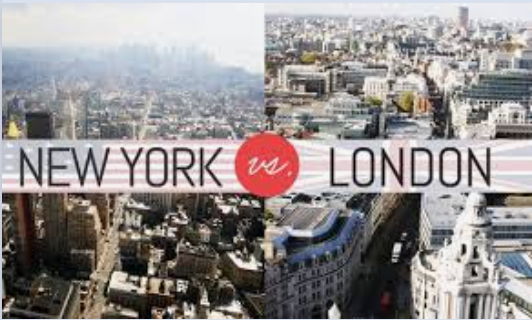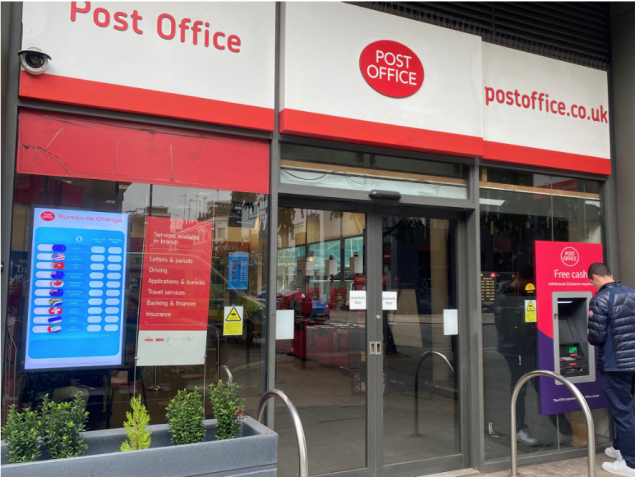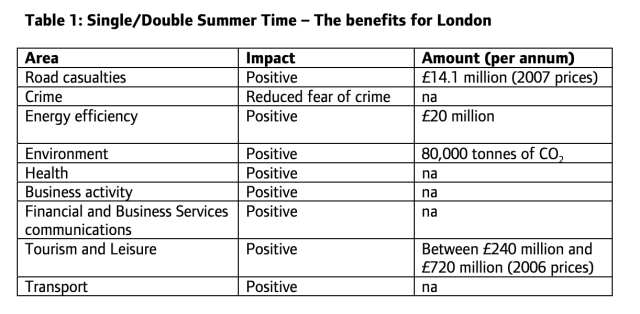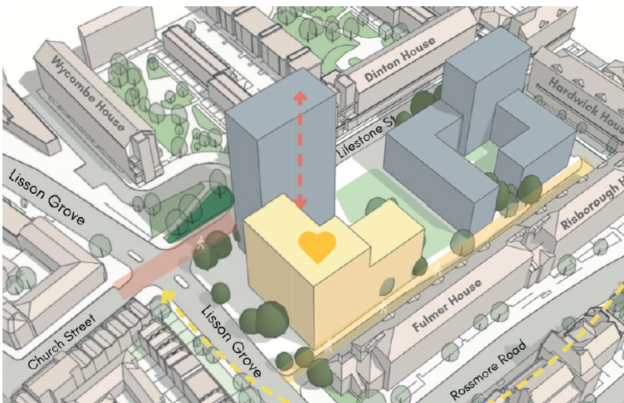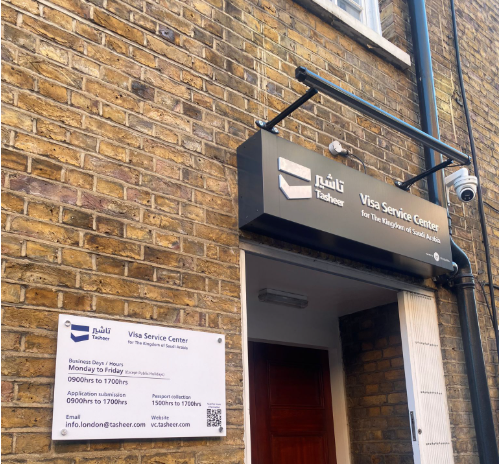With the truly historic victory on Tuesday night of Zohran Mamdani winning the Mayoralty in New York to become New York City’s, 111th Mayor after some formidable opposition from the likes of billionaires funded attacks on social media and the mainstream media of the US as well, l can’t help but fear some trepidation for him.
Let us be clear this was an incredible result where he came from nowhere in the democratic primaries to become their candidate and then eventually beat his nearest rival the Governor of New York State, Andrew Cuomo who became the Democrats establishment candidate. He also gives my relatives in New York some relief from all the stresses of living the American dream in recent times though many of them have been there since the mid-1970s.
Now being the sister city of Greater London, there are some useful comparisons to be made in the analysis of the vote. For example, like in London, you need over 1 million votes to win the Mayoralty of New York. Not surprising as we have similar populations of just under 9 million when our population is distributed more widely and in New York is concentrated in a smaller area with a much higher population density. He managed to get just over a million with 1,036,051 making up 50.4 per cent of the vote. Whilst we have a crazy 32 boroughs, New York City has just 5 boroughs and he did particularly well in Manhattan, the Bronx and Brooklyn.
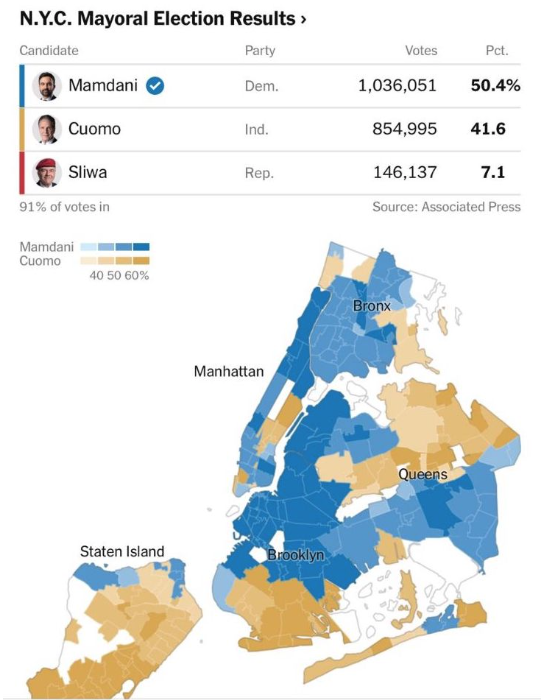
But there is a lesson from history, from our shores they will need to be digested. When Ken Livingstone was elected leader of Greater London Council (GLC) in 1981 with a platform to have fares cut; invest in housing and public services, increased wages and finishing the Thames Barrier to protect London from floods, it was not dissimilar to Mandani’s electoral mandate. Yet Margaret Thatcher, the PM of the day, found their antics too much to tolerate. Seeing the huge figures of the number of unemployed in the country that could be seen from across the river at County Hall from the Palace of Westminster was clearly too much for her. She duly went along and abolished the GLC and sold County Hall which had stood as the home of the London government since 1888.
Now if Trump goes for Mamdani, l can’t help but think he’ll do something similar and trash the institution of the Mayor of New York office as well along with Gracie’s Mansion and New York City Hall. Since becoming the President again, he has for example stopped New York’s very own congestion charging regime in Lower Manhattan. Even though New York City’s congestion pricing had cut pollution and traffic in its first six months noticeably. The Trump administration said the federal government has jurisdiction over highways leading into the city and revoked its approval of the controversial program over concerns it unfairly burdens working-class residents in the region. So clearly Trump keeps an eye on matters in his old home city of New York, where his father made the family fortune. This on top of the abuse Trump will give Mamdani anyway.
So before his inauguration in January to take up his office, he’ll have plenty to think about on this front. We of course should join any uproar against any such attempt as we look at our own history and the indeedable mark it made on London and how we had been governed since the late eighties.
